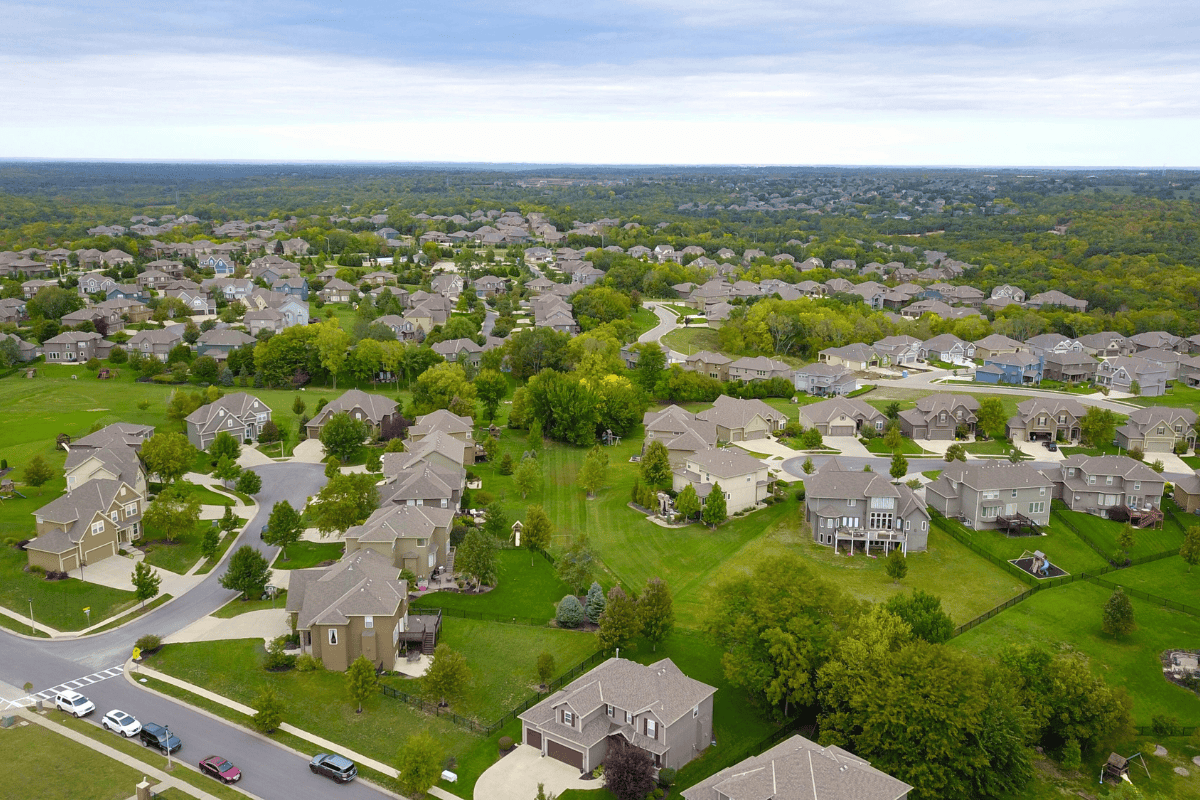M
anaging costs and outcomes in New Jersey's workers' compensation system requires understanding key medical trends. In 2024, the state is grappling with rising medical costs, legislative changes, and evolving treatment protocols.
Rising Medical Costs
New Jersey lacks a standardized medical fee schedule, relying on "usual and customary" charges that drive up expenses. This absence contributes to NJ having some of the highest workers' compensation premiums nationwide. Nationally, medical care costs outpace general inflation due to increased consumption, labor shortages, and higher healthcare worker wages.
Surgical costs in NJ are also notably high, averaging 115% more than other states. The lack of fee schedules and prevalence of out-of-network providers receiving higher payments exacerbate this issue. Medical claim petitions have led to increased payouts and administrative burdens, further driving up costs.
Legislative Changes
Recent legislation has increased workers' compensation costs for employers/insurers. In August 2024, the attorney fee cap was raised from 20% to 25%. This adjustment acknowledges the increased workload of workers' compensation attorneys since the cap's establishment in 1927. NJ also implemented measures to regulate expenses within the workers' compensation system by increasing the maximum allowable fee for evaluating physicians from $600 to $1,000.
Evolving Treatment Protocols
The integration of advanced medical treatments and technologies has influenced workers' compensation medical trends in New Jersey. While these innovations can enhance patient outcomes, they often come with higher costs. The challenge lies in balancing the adoption of these advanced treatments with the need to manage expenses effectively.
Comparative Analysis with Other States
Studies by the Workers Compensation Research Institute (WCRI) indicate that medical payments per claim in NJ are notably higher than in other states. This comparison highlights the need for continued evaluation of cost-containment strategies to align NJ's expenses with national benchmarks.
Impact on Stakeholders
The rising medical costs within NJ's workers' compensation system have significant implications for various stakeholders, including employers, employees, and insurers. Employers face increased insurance premiums, while employees may see reduced access to necessary care due to escalating costs. Insurers may struggle to underwrite policies and manage claims effectively.
Future Considerations
To address these challenges, stakeholders might consider promoting preventive care, enhancing loss control services, and improving case management. A collaborative approach among policymakers, employers, insurers, and healthcare providers is essential for ensuring the system remains sustainable and effective in serving injured workers.
Improving Medical Cost Trends
Horizon Casualty Services, Inc. (HCS) plays a pivotal role in improving medical cost trends through its extensive provider network and innovative strategies to achieve superior medical outcomes at the lowest cost. By contracting with premier providers and securing competitive rates, HCS significantly reduces costs while maintaining exceptional care standards.















